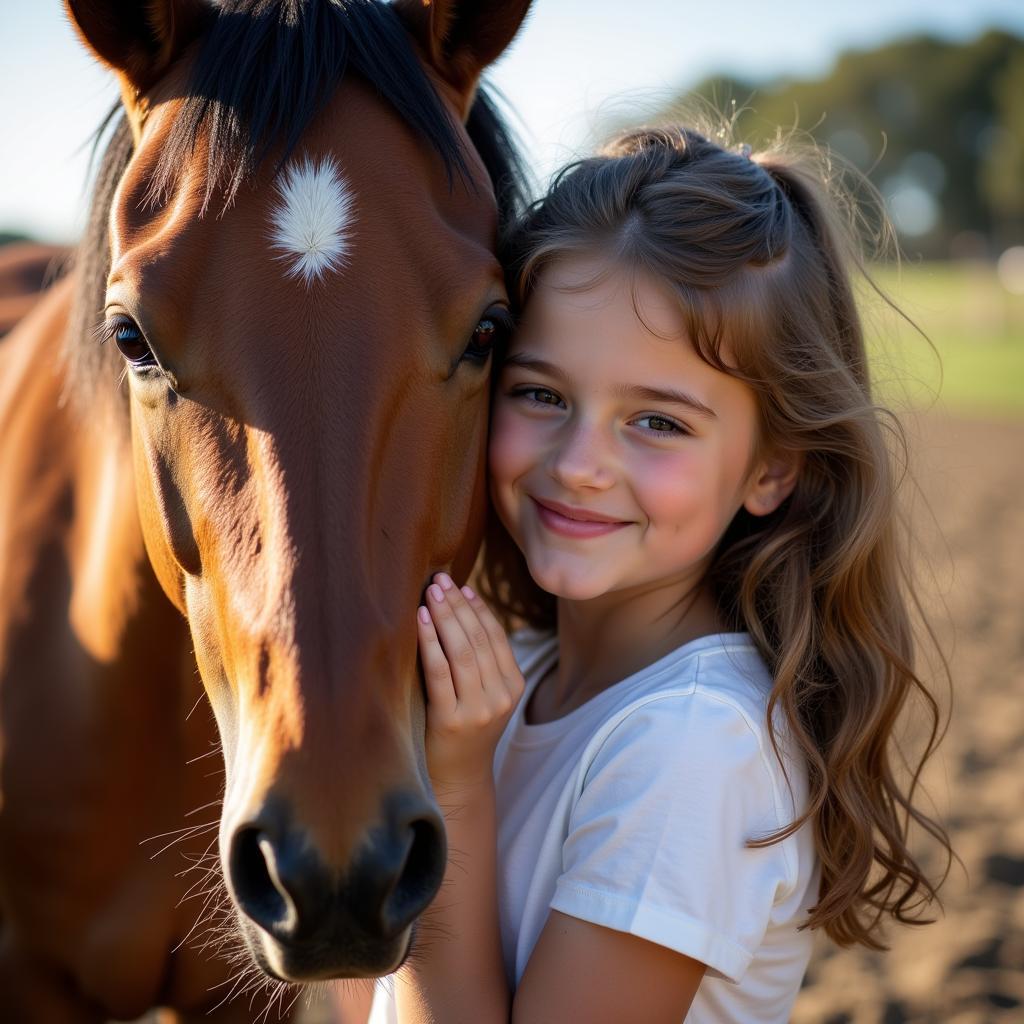Have you ever heard the term “Horse Squishy” and wondered what it meant? You’re not alone! While not an official equestrian term, it’s commonly used among horse lovers to describe those irresistible soft spots on a horse’s body.
Unveiling the Mystery of “Horse Squishy”
“Horse squishy” doesn’t refer to a specific anatomical feature, but rather to areas on a horse’s body that are naturally soft and pliable. Think of it as a term of endearment for those parts that just beg for a gentle scratch or pat. These areas are typically found where the horse’s muscles are less prominent, making them feel soft and yielding to the touch.
Where are the “Horse Squishies?”
While “horse squishy” is a broad term, there are certain spots that are universally adored by horse enthusiasts. These include:
- The Muzzle: The soft, velvety area around a horse’s nostrils is a prime “squishy” zone.
- The Cheek: Just below the horse’s eye and extending towards the corner of their mouth lies a particularly soft and sensitive area.
- The Neck: The underside of a horse’s neck, especially just behind the jawbone, is often a favorite scratching spot due to its soft texture.
- The Withers: The area where the neck meets the back, just above the shoulders, can also be surprisingly soft on some horses.
 Horse and Girl Bonding
Horse and Girl Bonding
Why Do We Love “Horse Squishies?”
There’s something innately satisfying about touching a horse’s soft spots. It could be the:
- Texture Contrast: The contrast between the horse’s smooth coat and the soft, yielding skin underneath can be incredibly pleasing to the touch.
- Emotional Connection: Touching these areas allows for close contact, promoting a sense of trust and bonding between horse and human.
- Stress Relief: Just like petting a dog or cat can be therapeutic, touching a horse’s “squishy” spots can be calming and relaxing for both parties.
“Horses are incredibly sensitive animals,” says Dr. Emily Carter, a veterinarian specializing in equine behavior. “Gentle touch, particularly in these softer areas, releases endorphins that create feelings of well-being for both horse and handler.”
Respecting the “Squishies”
While it’s tempting to smother these irresistible spots with affection, it’s essential to remember that every horse is an individual.
- Observe Body Language: Pay close attention to how your horse responds to touch. Some horses may enjoy having their “squishies” touched more than others.
- Use Gentle Pressure: Always use a light and gentle touch, especially on sensitive areas like the muzzle and around the eyes.
- Prioritize Safety: Never approach a horse’s “squishies” without their knowledge or consent. Always make your presence known and approach from the side, speaking softly to let them know you are there.
 Veterinarian Examining Horse
Veterinarian Examining Horse
“Horse Squishy:” A Term of Affection
While not a scientific term, “horse squishy” perfectly captures the endearing quality of these soft spots. They remind us of the unique bond we share with horses and the simple joys of touch. So next time you’re with your equine companion, take a moment to appreciate those irresistible “squishies” – but remember to do so with respect and a gentle hand.
Need help with your horse? Contact us!
Phone Number: 0772127271
Email: [email protected]
Address: QGM2+WX2, Vị Trung, Vị Thuỷ, Hậu Giang, Vietnam.
We have a 24/7 customer service team ready to assist you.